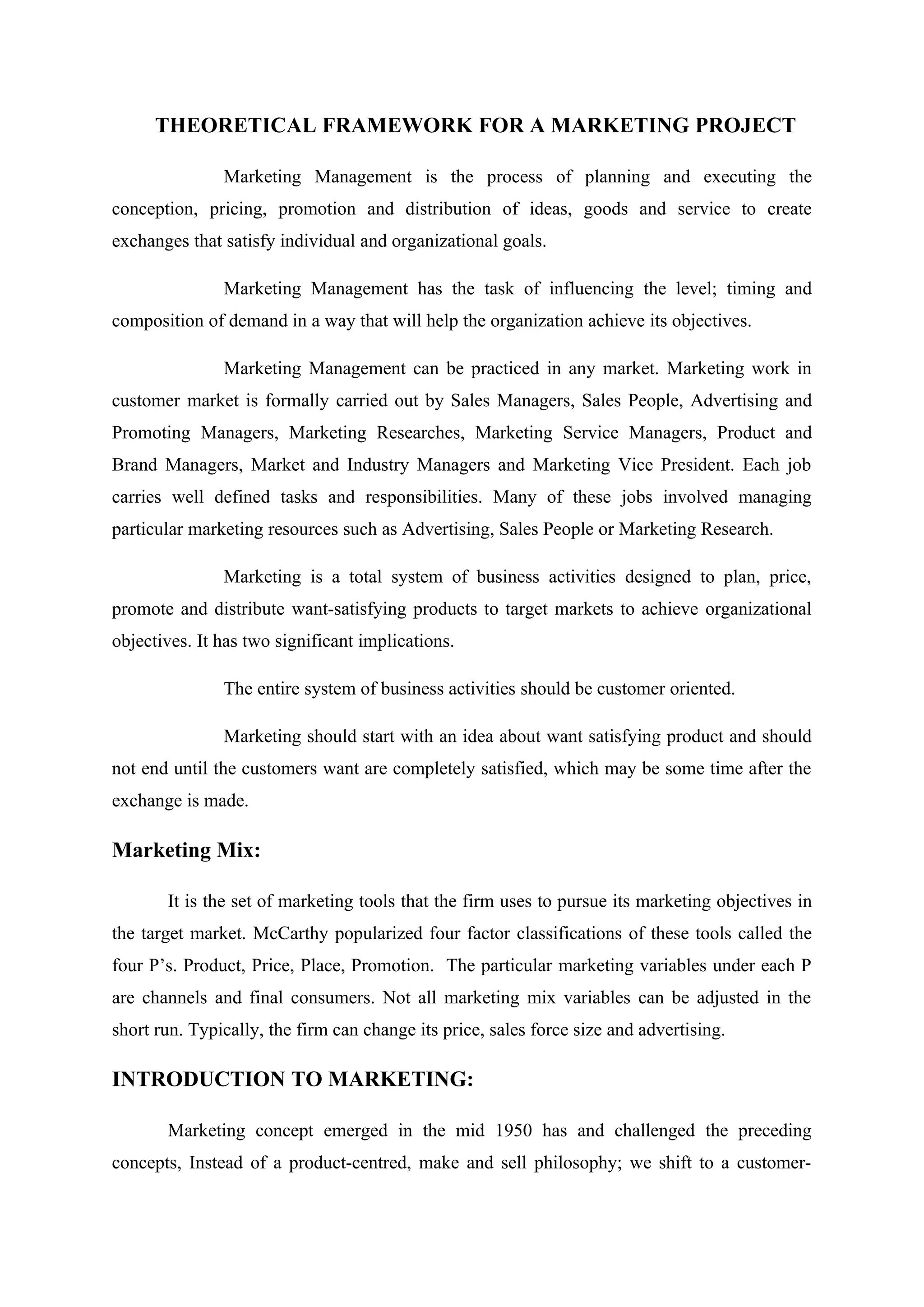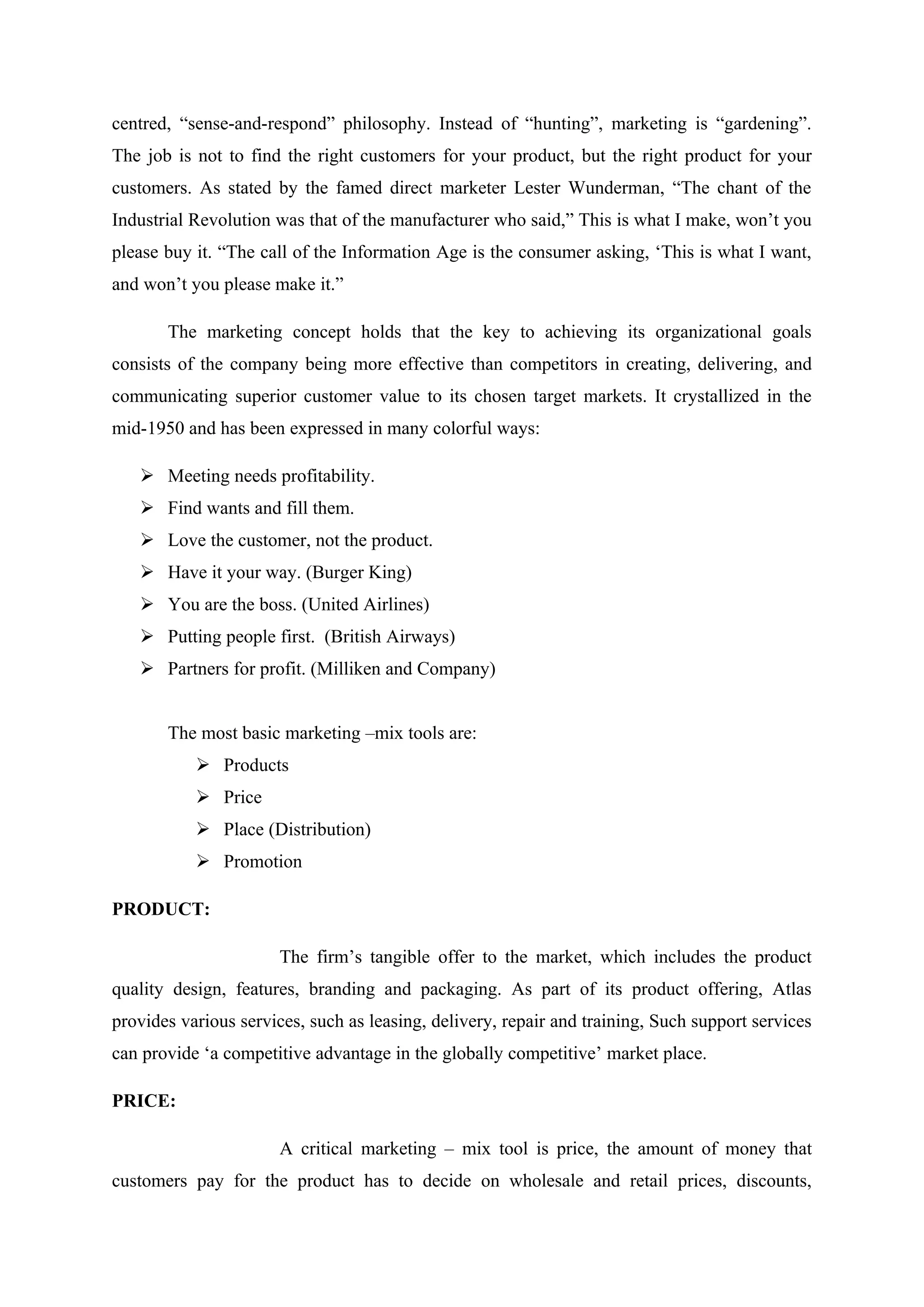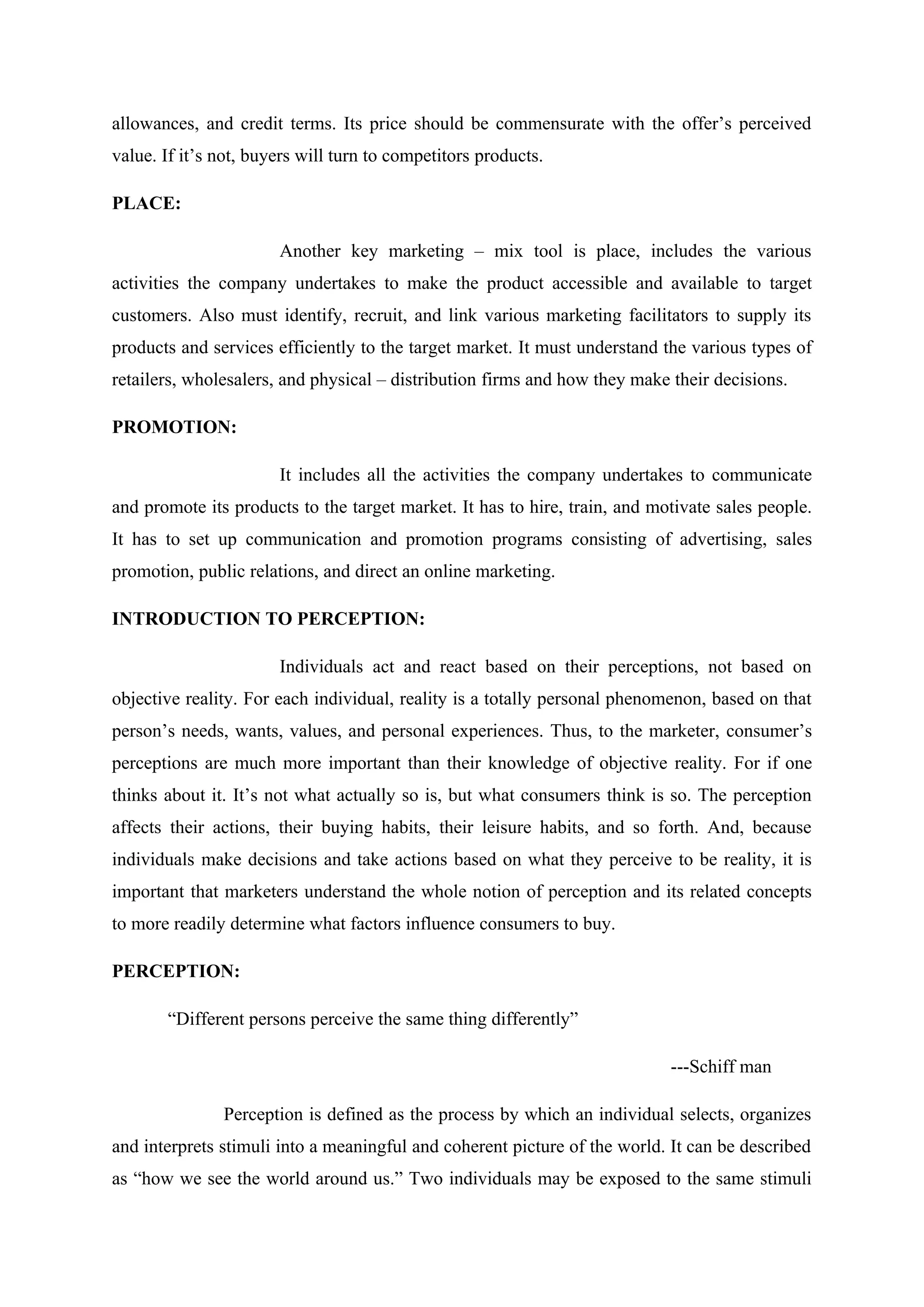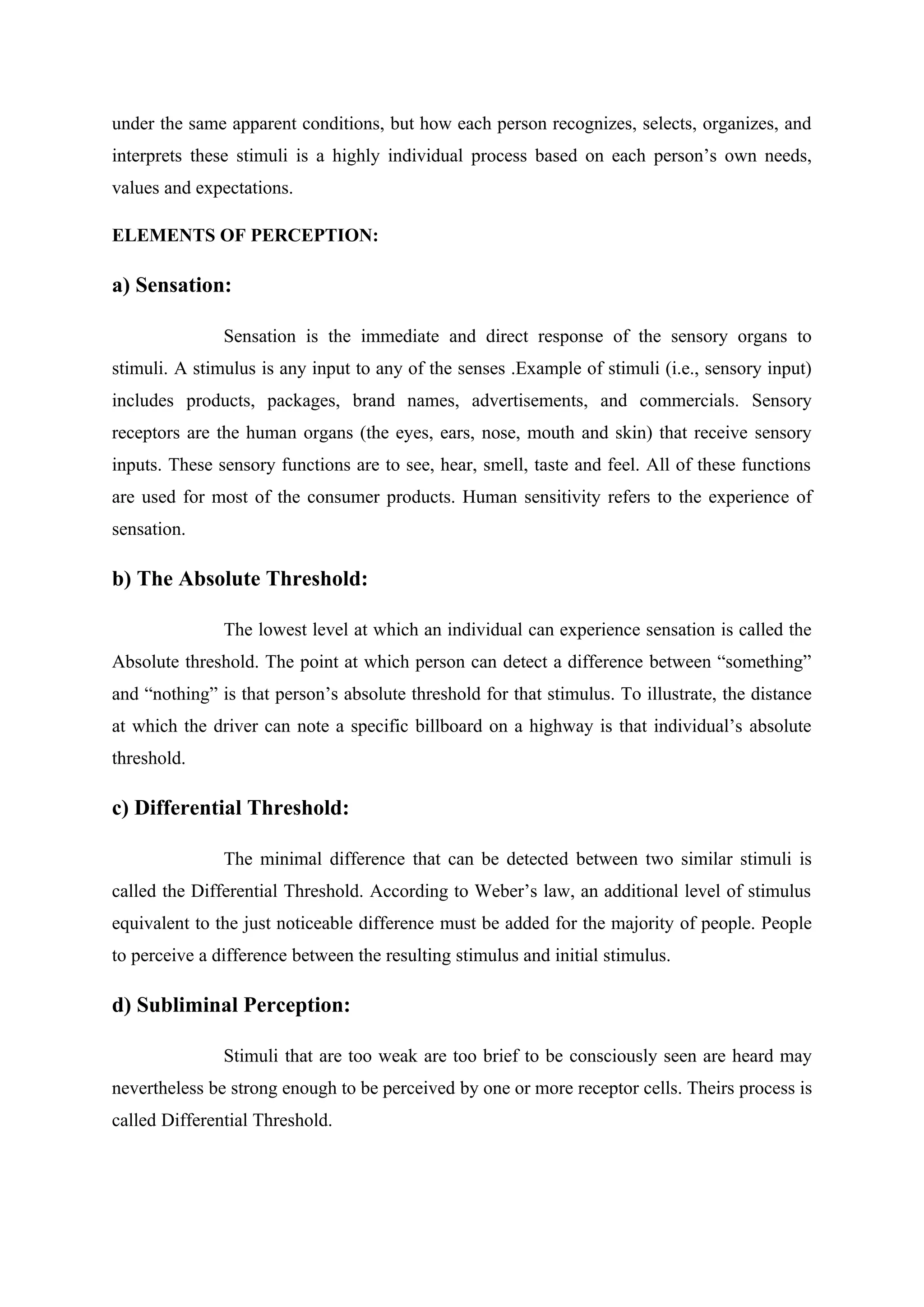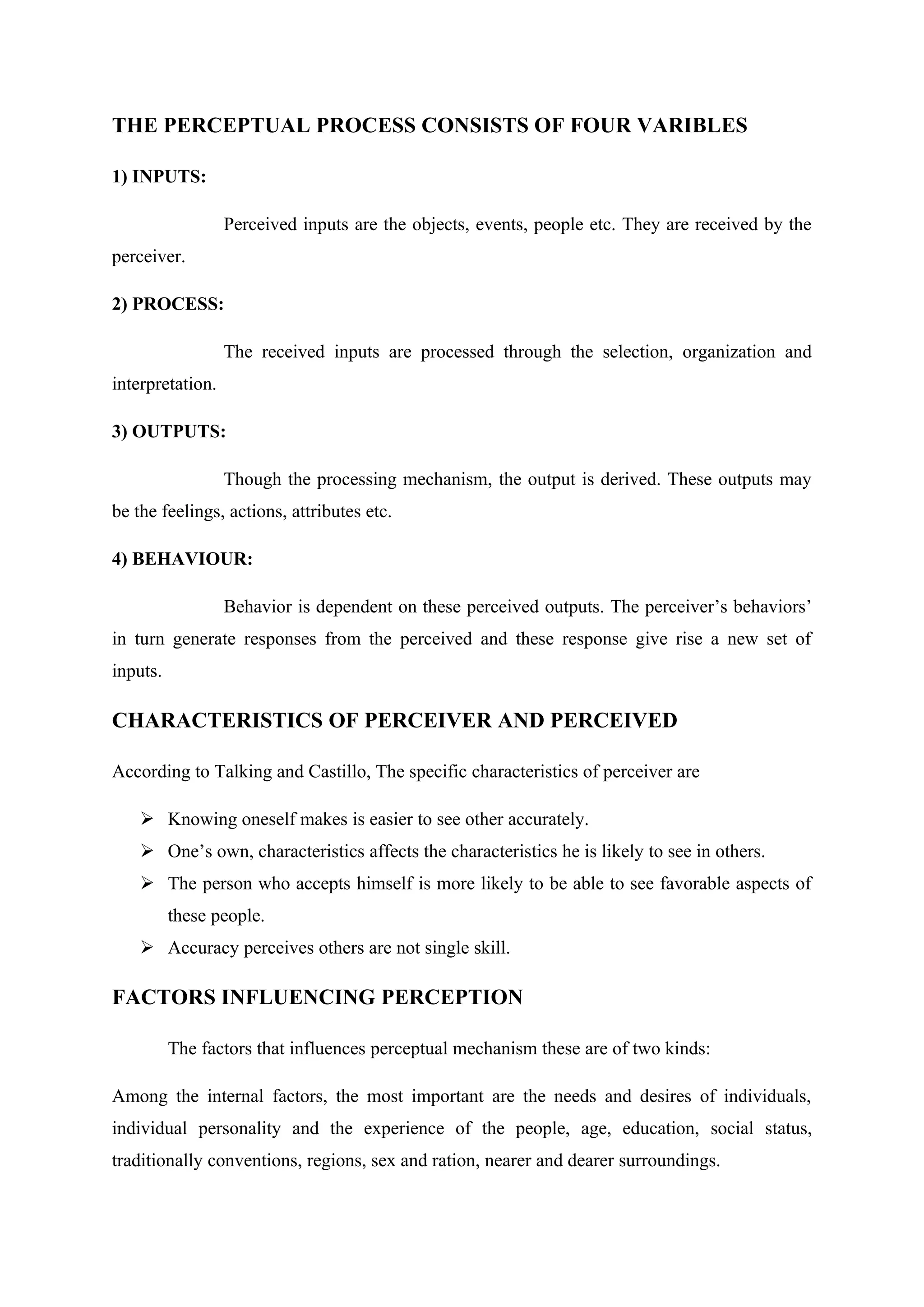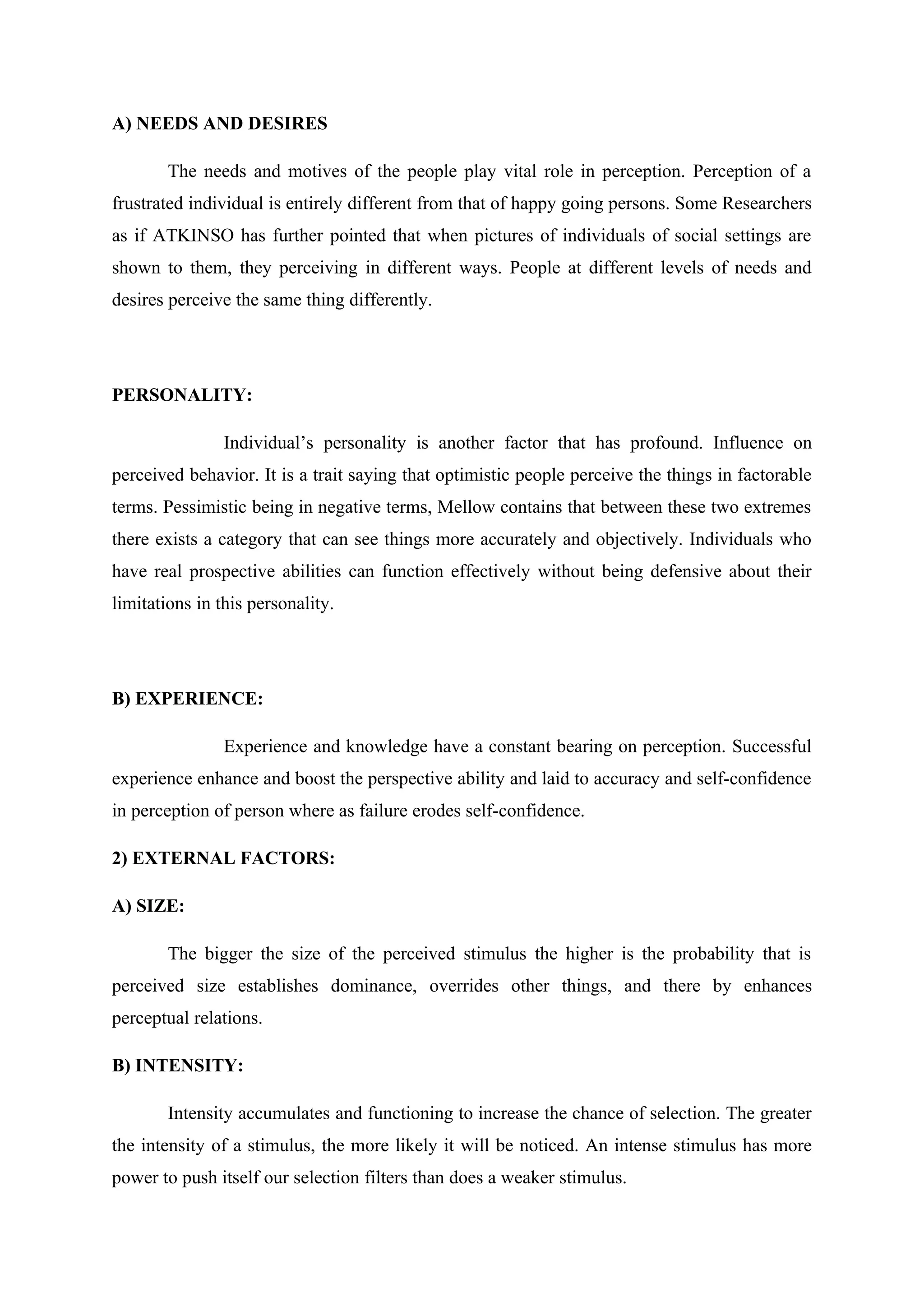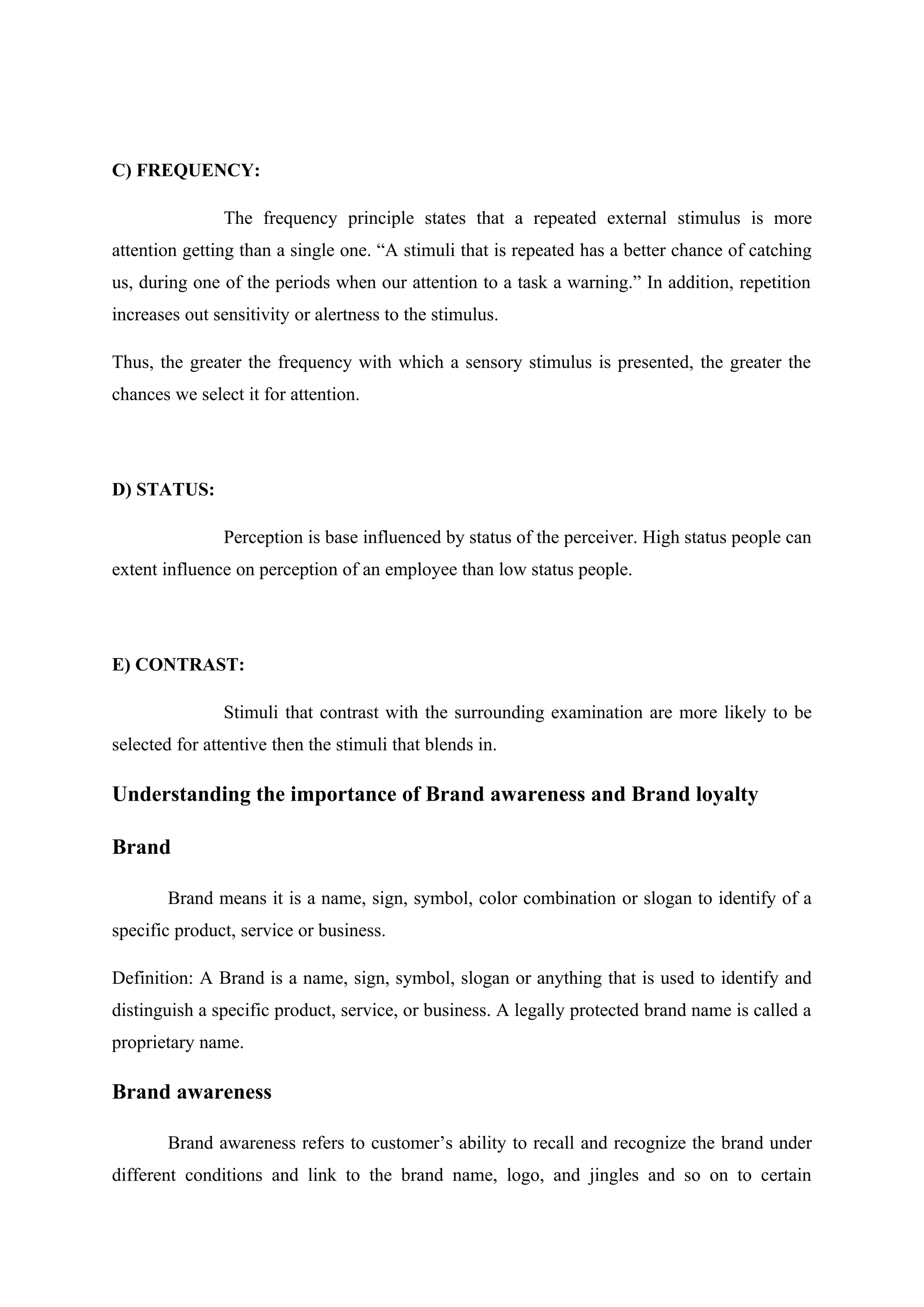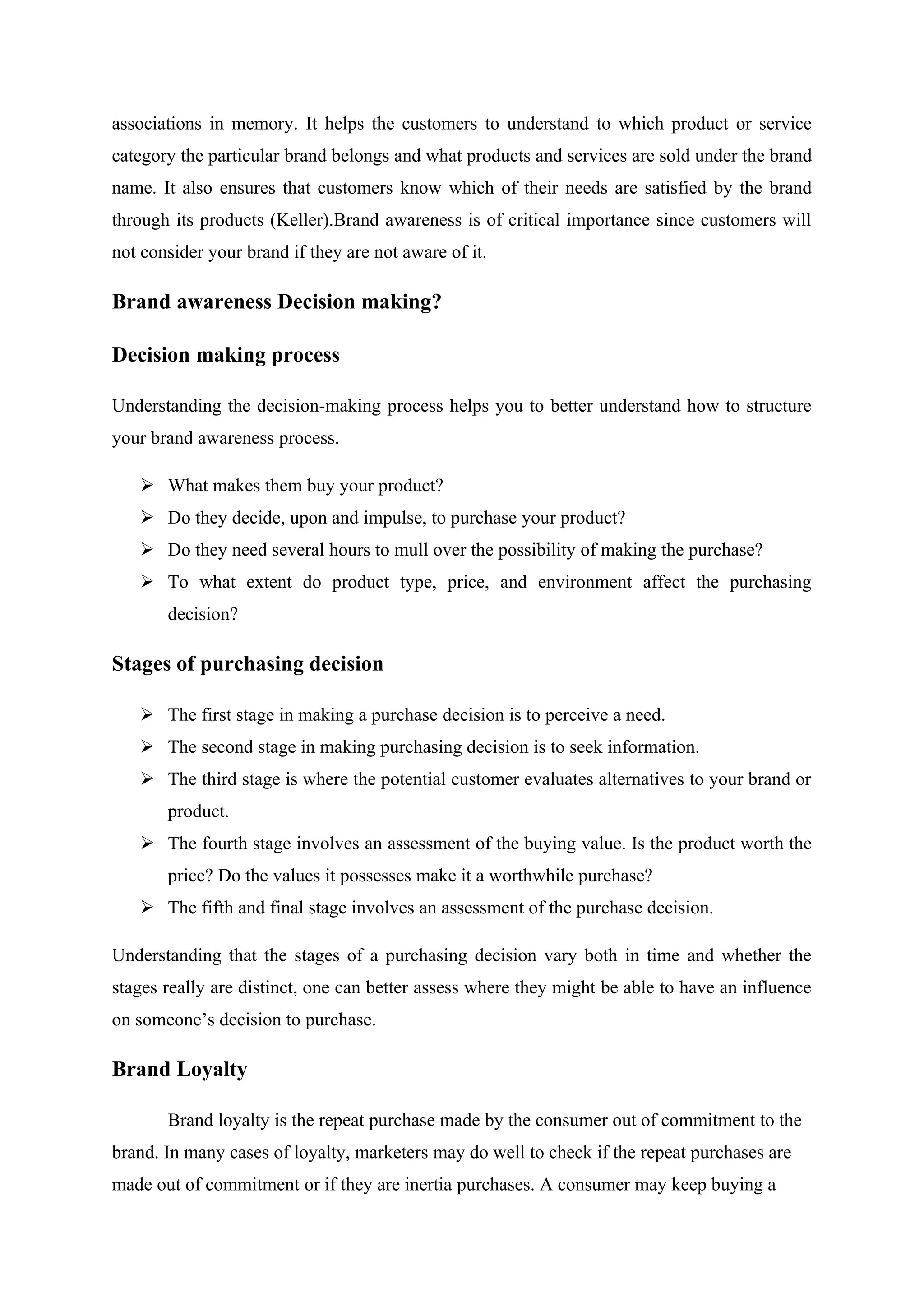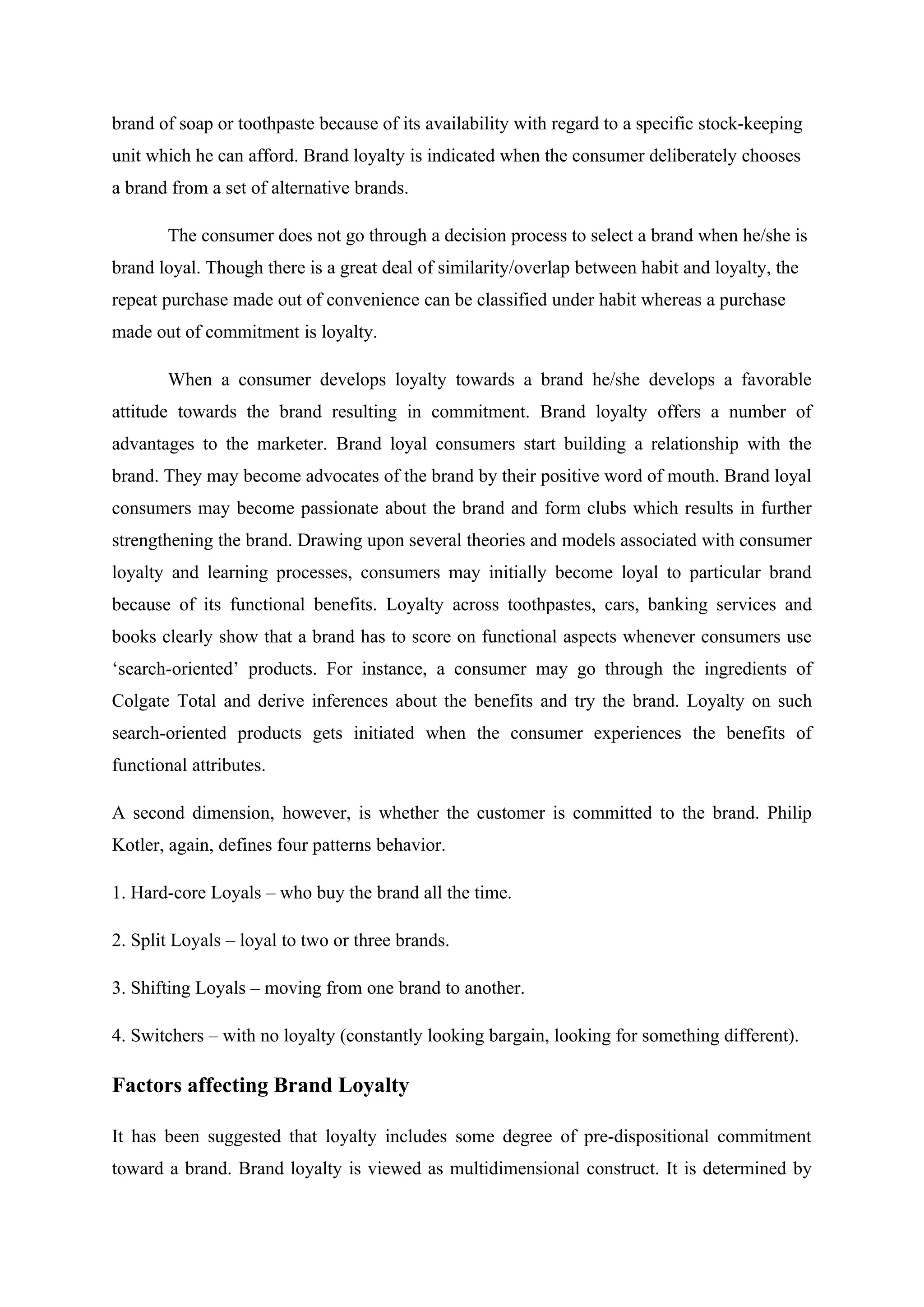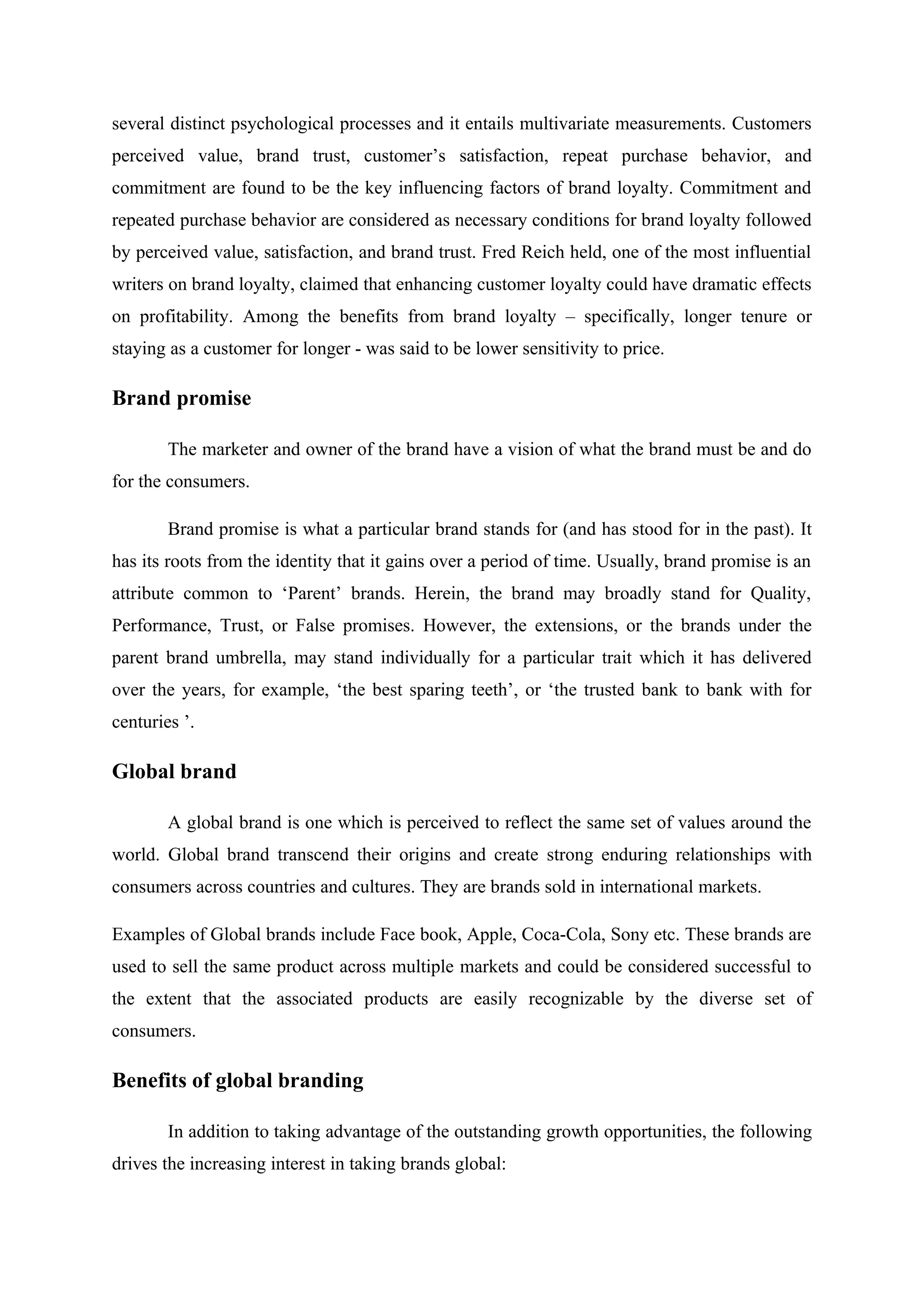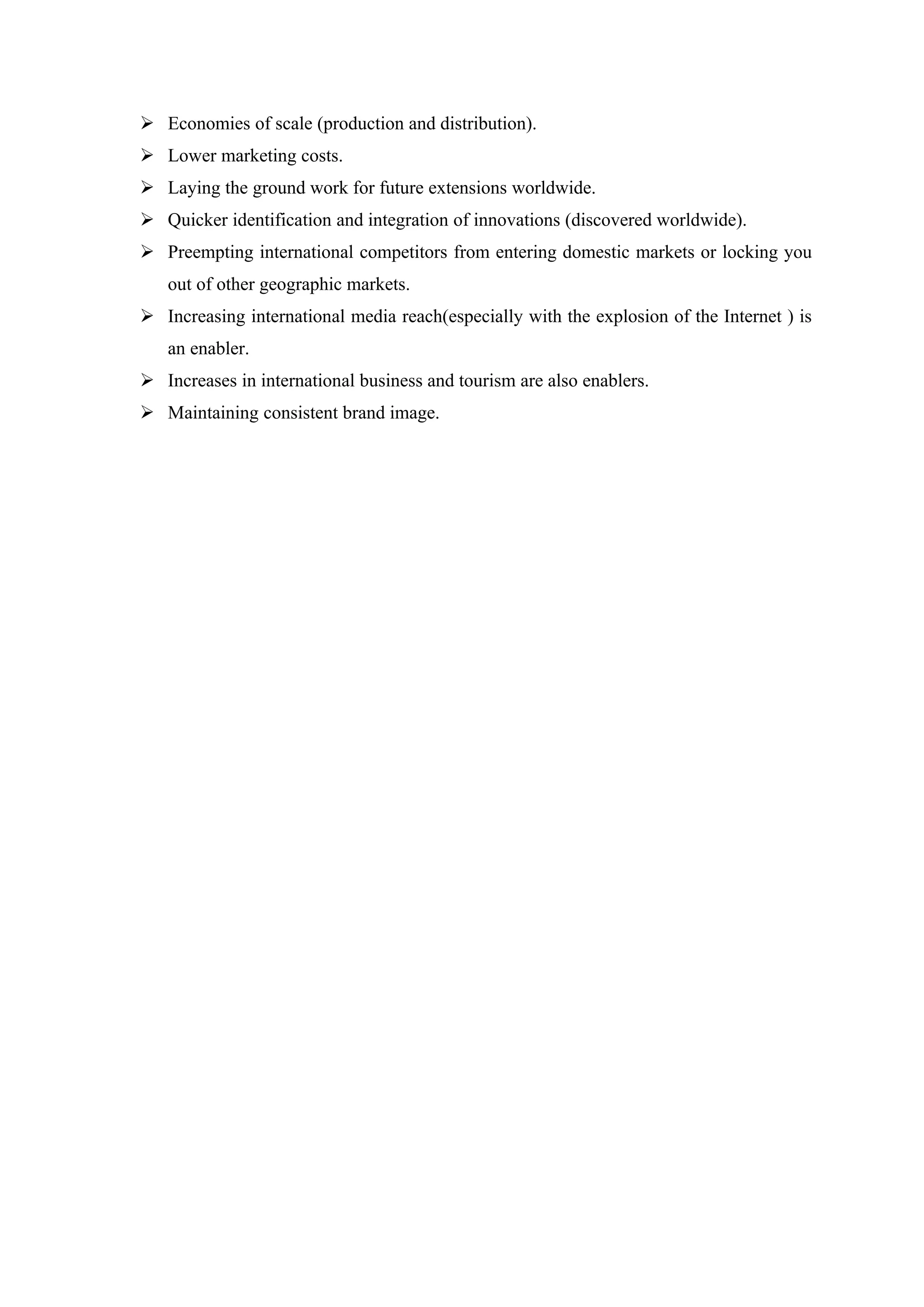Marketing management involves planning and executing the conception, pricing, promotion, and distribution of goods and services to create exchanges that satisfy organizational goals. It influences demand to help the organization achieve its objectives. The marketing concept holds that companies should focus on determining customers' needs and wants in order to develop the right products and services. Marketing involves the 4 P's: product, price, place, and promotion. Individuals' perceptions are based on their needs, experiences, and expectations, rather than objective reality, so marketers must understand customers' perceptions to influence their purchasing decisions.
